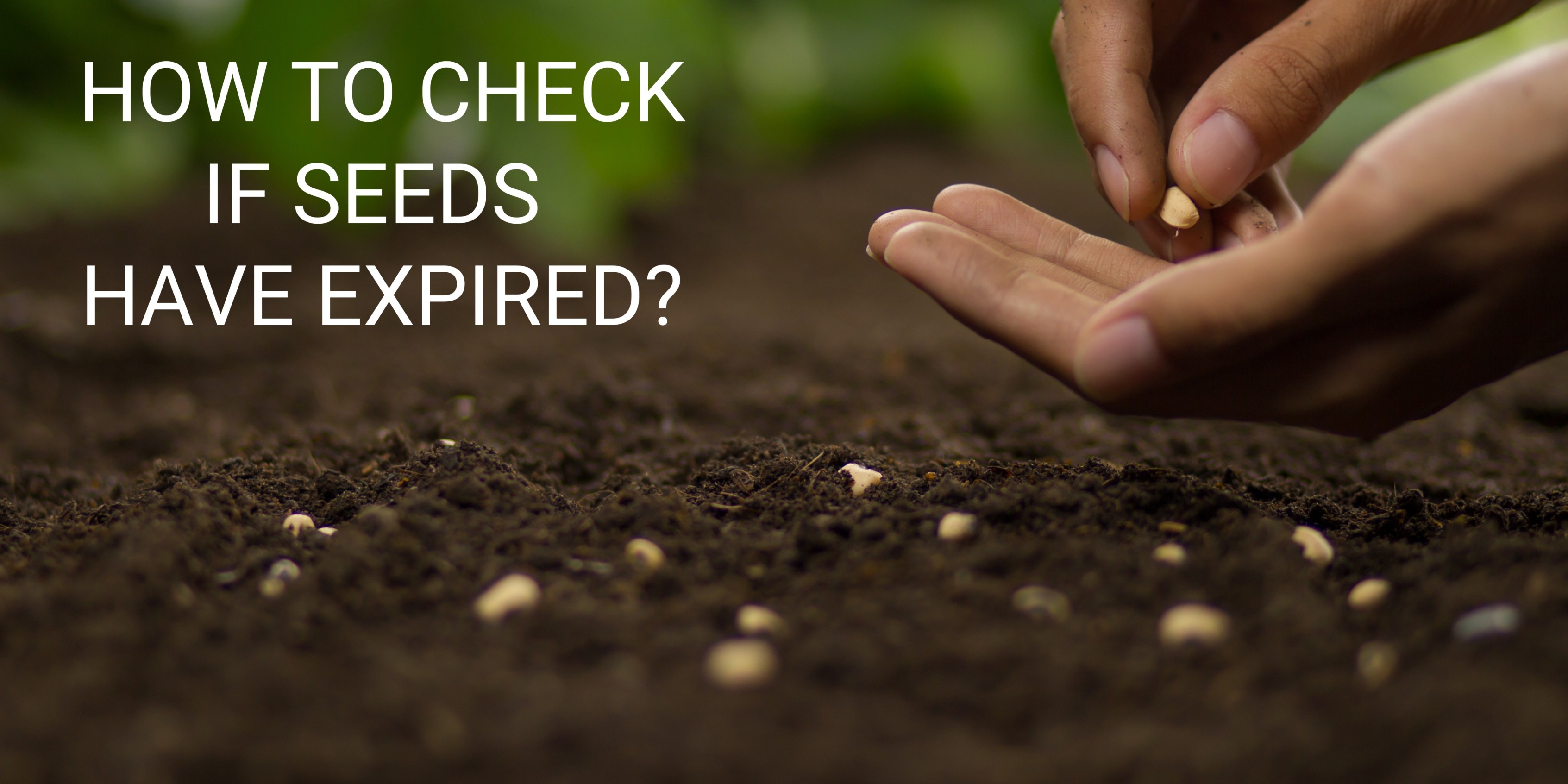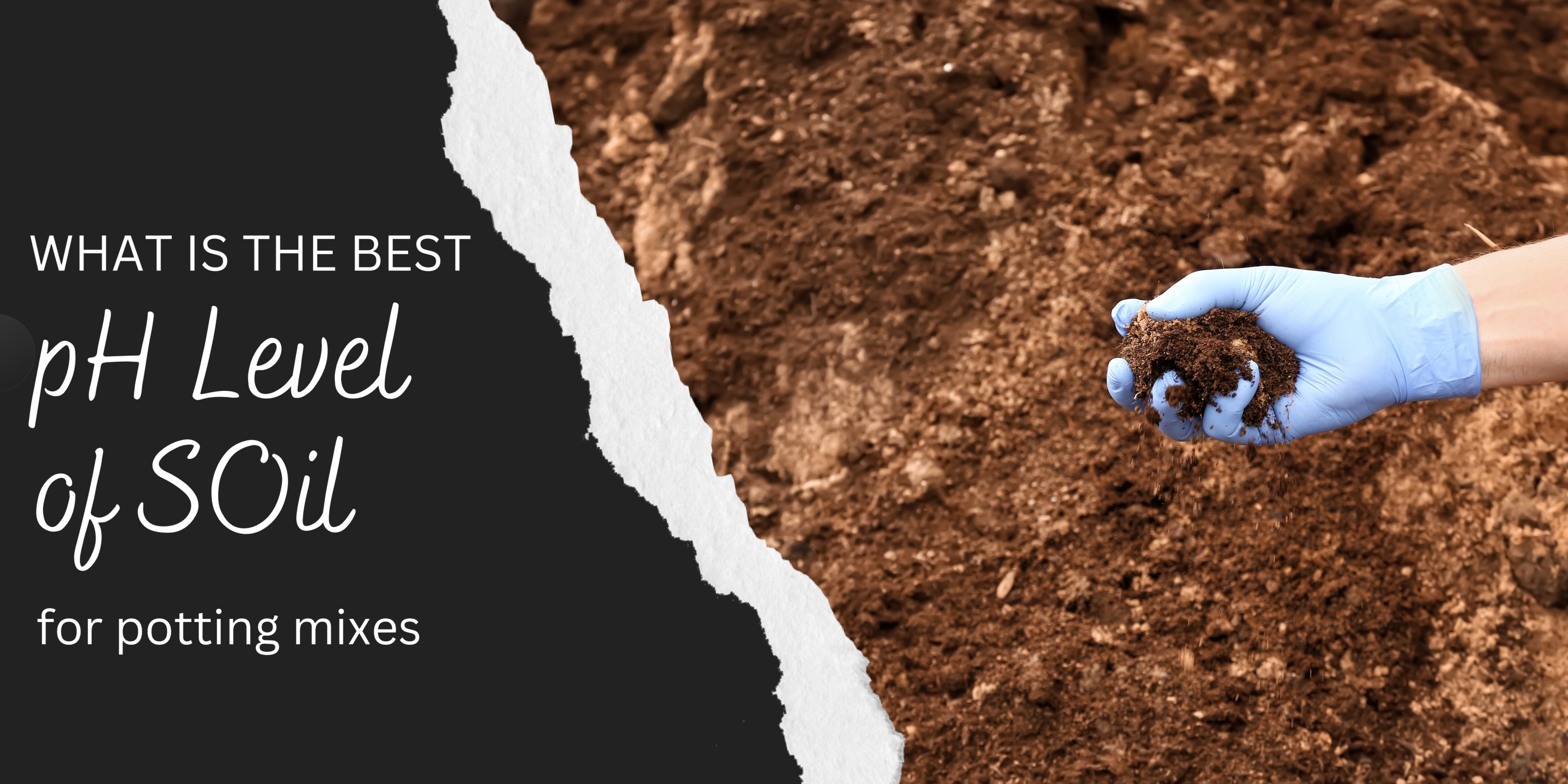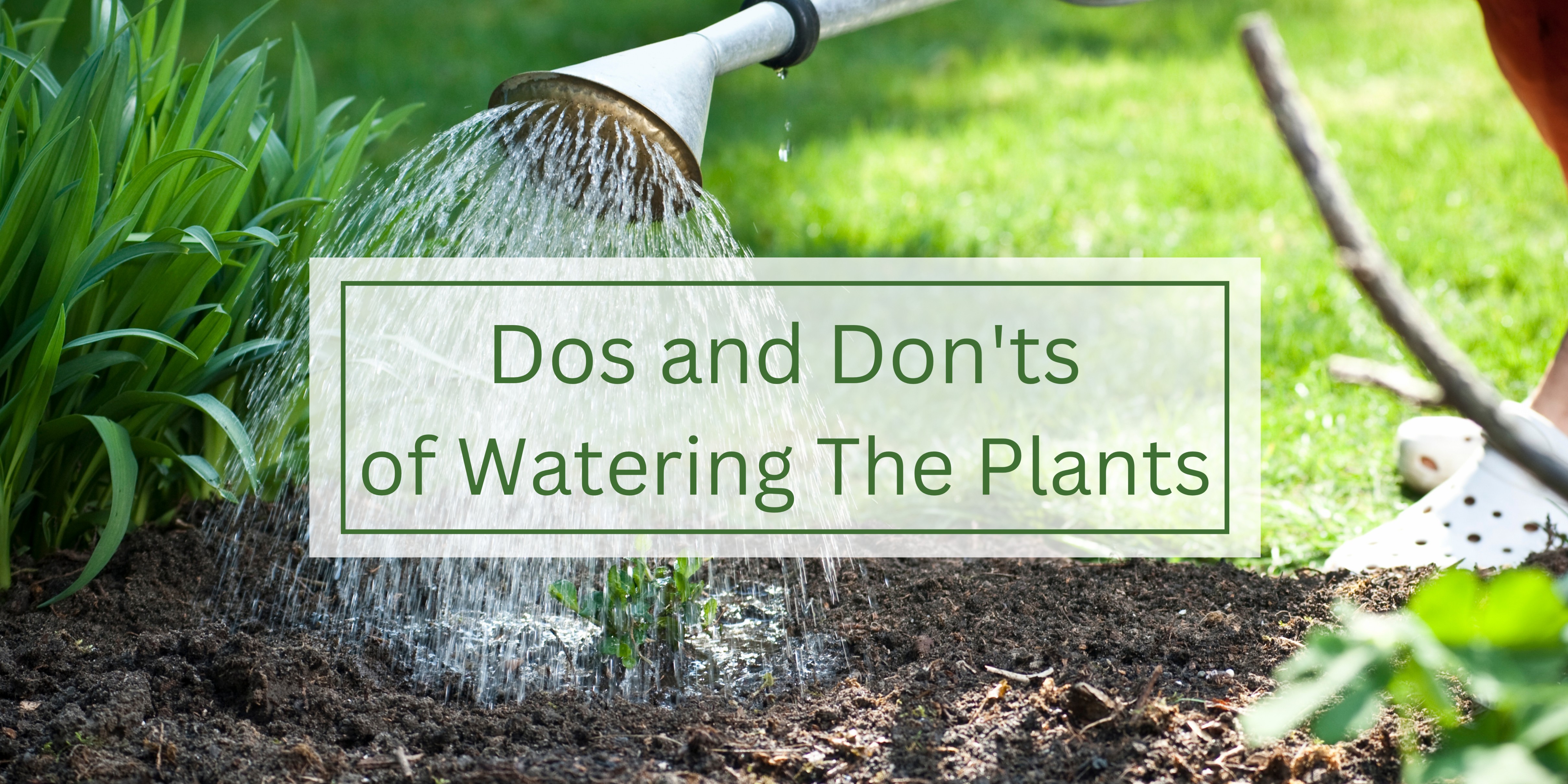
Microgreens are young, edible greens that are typically harvested just a few weeks after germination. They are a popular ingredient in many dishes due to their distinctive flavors, as well as their nutritional value. Microgreens are often used as a garnish, but they can also be a main ingredient in salads, sandwiches, and other dishes. These tiny plants are packed with nutrients such as vitamins, minerals, and antioxidants, and are a great way to add flavor and nutrition to your meals. Some popular microgreens include arugula, kale, radish, and beet. If you're interested in growing your own microgreens, they are easy to cultivate and can be grown in a small space, making them a great option for urban gardeners or those with limited outdoor space
.
Why grow microgreens?
Microgreens are a great addition to any diet. They are young plants that are harvested within a week or two of germination and are packed with nutrients. Eating microgreens is a great way to add more vitamins and minerals to your diet. They are also easy to grow, even if you don't have a lot of space. Microgreens can be grown indoors all year round, and they don't require a lot of equipment or maintenance. They are also very versatile and can be used in a variety of dishes to add flavor and texture. So if you're looking for a simple and healthy way to add more nutrients to your diet, consider growing microgreens.
Benefits of Microgreens
1. One of the main benefits of microgreens is that they are high in antioxidants, which are compounds that protect your cells from damage caused by free radicals. This means that consuming microgreens may help to reduce your risk of chronic diseases such as heart disease, cancer, and Alzheimer's disease.
2. Microgreens are also a great source of vitamins and minerals. In fact, some studies have found that they contain up to 40 times more nutrients than their mature counterparts. This makes them an excellent addition to any diet, especially for those who are looking to boost their nutrient intake.
3. Another benefit of microgreens is that they are easy to grow at home. They require very little space and can be grown indoors or outdoors. This means that you can enjoy fresh, nutrient-packed greens all year round.
How to grow microgreens
Microgreens are a great source of nutrition and flavor that can be grown easily at home. Below are the steps to grow microgreens at home:
1. Choose your seeds: There are many seeds to choose from when growing microgreens. Some popular options include broccoli, kale, arugula, and radish. Make sure to choose high-quality seeds that are specifically labeled for microgreen use.
2. Prepare your growing container: Microgreens can be grown in shallow containers such as trays, or even in recycled plastic containers with lids. Make sure to clean and sanitize your container before planting. Fill it with a good-quality soil mix, leaving about an inch of space at the top.
3. Plant your seeds: Sprinkle your seeds evenly over the soil surface. Lightly press them into the soil, but do not cover them completely. Mist the soil surface with water to ensure the seeds are in contact with the moisture.
4. Place your container in a bright location: Microgreens need plenty of light to grow, but avoid placing them in direct sunlight. A sunny windowsill or under-grown lights can work well. Do remember to keep the soil moist by adding water as required.
5. Harvest your microgreens: Most microgreens will be ready to harvest in 7-14 days, but this can vary depending on the variety of seed you planted. Use scissors to cut the microgreens just above the soil surface, and enjoy them fresh in salads, sandwiches, or as a garnish for your favorite dishes.
Growing microgreens is a fun and easy way to add some fresh flavor and nutrition to your meals.
List of Microgreens to grow
Microgreens are a great addition to any diet as they are packed with nutrients and vitamins. If you're looking to grow some microgreens, here are a few popular options:
1. Broccoli - Broccoli microgreens are packed with sulforaphane, a compound that has been linked to reduced inflammation and cancer prevention.
2. Radish - Radish microgreens are known for their peppery flavor and are rich in vitamins A, B, C, E, and K.
3. Sunflower - Sunflower microgreens are a great source of protein and are rich in vitamins B, D, and E.
4. Pea - Pea microgreens are sweet and tender and are packed with vitamins A, C, and E, as well as iron and calcium.
5. Beet - Beet microgreens have a slightly earthy flavor and are high in antioxidants, vitamins A and C, and minerals like potassium and iron.
6. Kale - Kale microgreens are a great source of fiber, vitamins A and C, and minerals like calcium and iron.
7. Cilantro - Cilantro microgreens have a strong flavor and are packed with antioxidants, vitamins A and C, and minerals like potassium and calcium.
These are just a few options to get you started, but there are many other microgreens to choose from depending on your preferences and nutritional needs. Happy growing!
Liked It? Pin It!

.png)

















































